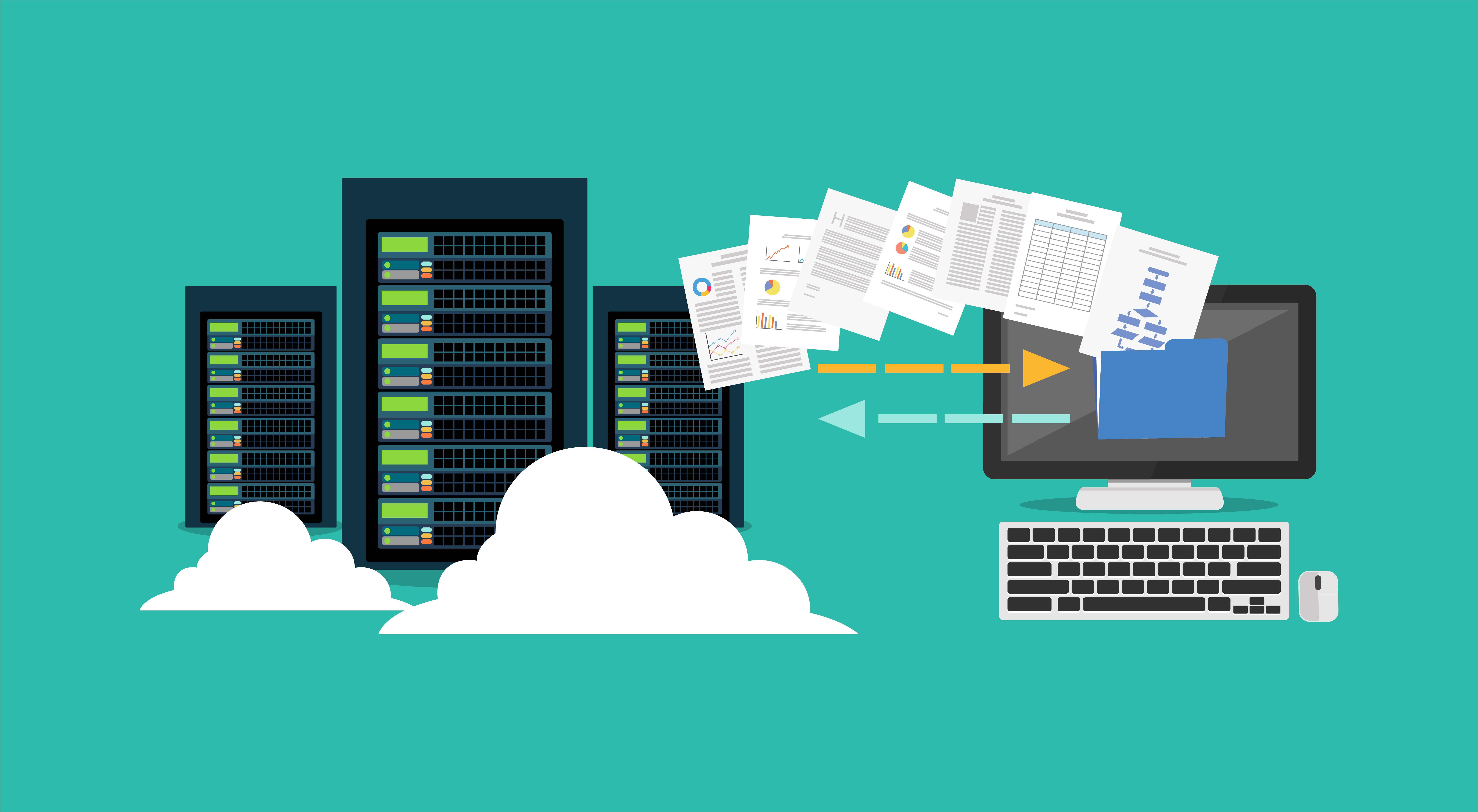
If you're trying to improve your personal financial position, one of the most popular tactics is tracking your spending. You carefully monitor each dollar that comes in and out of your account and pay attention to what you're spending your money on. Seeing this makes it easier to change your spending habits and prioritise what you buy, and when.
A similar principle holds true for business financials. Cash flow management is simply knowing how much cash is coming in and out of your business and when. It helps you make better buying decisions and is a key element to business growth and stop your business from going bust.
But managing business cashflow is somewhat more complex than your personal finances. There are larger amounts of money, more frequent movement and considerably more interested parties. For smaller businesses, finding the time to get it all done can be hard. Not to mention finding the resources – a spreadsheet isn't going to cut it.
So, you know your management process could be better, but you don't know how to make it happen without neglecting other important parts of your business. The good news is, improving your cash flow management doesn't have to mean hours poring over spreadsheets or being more fiscally conservative. You just need to simplify.
If it ain't broke, it might soon be
Time is always a constraint in small business. It's common for them to take an "if it ain't broke don't fix it" approach, simply out of necessity. And when things are going well with cashflow, it can be hard to argue that there's actually a need to improve the management processes.
When businesses are flushed with cash, it's easy to believe nothing needs to change. And that's fine – until it's not.
Without a proper management process and a complete view of business cash flow at all times, businesses can find themselves with all sorts of problems. Including:
- Making sub-optimal investment decisions – like buying the wrong stock or not having the right stock available
- Buying stock cheap, but being unable to fund the sales/marketing required to push it out
- Blind to buyers at-risk of missing or slipping behind on payments
- Inability to forward-plan or budget for future spending requirements
Unfortunately, many small businesses fall victim to these problems for no other reason than they're so busy running other parts of the business. They simply don't have an opportunity to keep their eyes on potential opportunities or impediments coming their way.
What does "good" look like?
So, if everything seems to be going fine, how do you know whether your cash flow management processes are truly effective? Try asking yourself: could my current set up help me manage when things are outside the norm?
For example, if a customer starts pushing out and delaying payments on a regular basis, would you be able to catch this behaviour early and make moves to ensure it doesn't affect your cash flow and your plans for that cash?
"Good" cash flow management means keeping an eye on cash movements and being able to spot a trend. It allows you to be proactive rather than reactive, spotting potential problems before they become disasters. Not only does it allow you to maintain a more stable cash position, but will enable you to better serve your customers, and look after them – rather than rely on them – when times get tough.
Three ways to improve your cash flow management
Getting your cash flow management where it needs to be doesn't have to be a huge job. There are a few simple process changes you can make that will have a big impact on how you view and manage your cashflow.
Improve communication with customers and suppliers
Being in regular communication with buyers and suppliers will give you a better idea if they are experiencing anything that will affect you or your cashflow. Are your buyers looking like they might have to change their payment schedule or plan? Are your suppliers raising costs because of disruptions to supply chains? Having clear and frequent communication – even just small, automated messages – will allow you to be aware and proactive if anything differs from the norm.
Focus on the right information
Many businesses and sales teams focus on how many sales they're getting and the size of these deals. But how many focus on when the cash actually arrives in the business, or how much of that has already been used to pay for something else? Having accurate and visible cash flow information is important, but ensuring it's the right kind of information is the key. Cashflow management is more than cash in and out – it needs to give you the big picture.
Think ahead
Good cashflow management won't just help you manage costs and keep you in the green. It should be able to help you improve your cash position and grow your business. It's important to think ahead when looking at your cash flow – when are you likely to be cash positive? When are you going to be cash-constrained? Think about these things and try to tie them to the cycles of the market.
Don't try to do it all yourself
Each of these steps is vital for improving cash flow management and your businesses financial position. But they also take time – the one thing we hear again and again that small business owners don't have. So, logically, why would you try to do it yourself?
Implementing a simple cash flow management system can do the hard work for you. It can keep an eye on things and run silently in the background – alerting you when necessary. The trick is to find one that does what you need but doesn't overcomplicate the process – an overly complex system is just as bad as none at all. The right system should offer:
- Integration of all your data points, creating a single source of truth
- Customisable features and processes, so you can use it in a way that works best for you
- Automatic alerts to changes in cash flow or for critical payment dates
These systems don't even have to be costly – and the money they can save you far outweighs the cost of putting the system in.
Take SAP BusinessOne for example – a leading business software that includes the features and integration modern businesses need, but the simplicity and budget-friendly price required for small businesses. It's helped countless businesses improve their financial position and selling power by taking the time and hard work out of cash flow management.
At KBS, we've been helping Australian small businesses improve their cash flow management for over 20 years. If you'd like more information or advice about improving cashflow management or implementing a system like SAP BusinessOne, click here to contact us.







